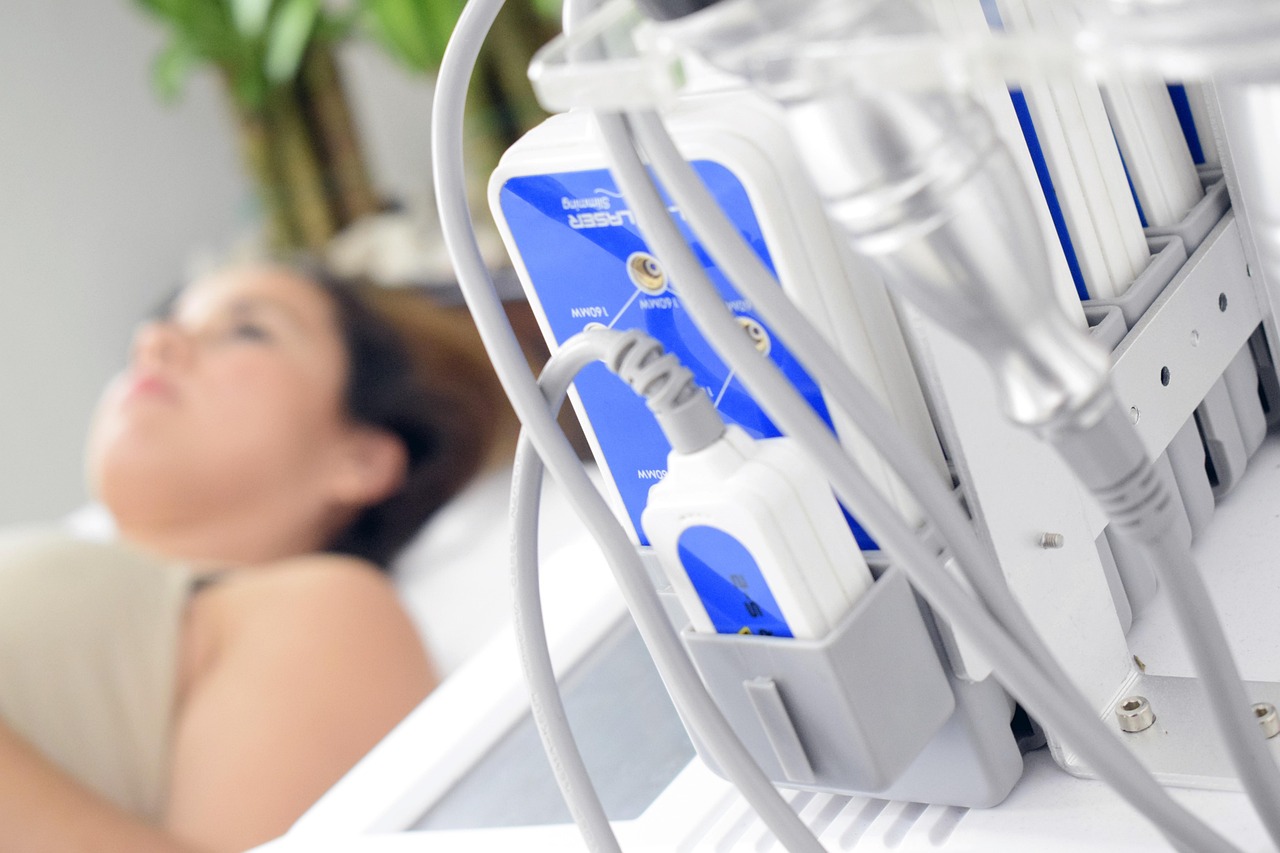
Could a simple blood test someday replace the discomfort of a mammogram? That’s the bold promise of liquid biopsies, a cutting-edge diagnostic tool that detects cancer-related markers like DNA fragments and proteins in the bloodstream. As research advances, many are asking: Can liquid biopsies truly outperform or even replace mammograms in early breast cancer detection? With breast cancer being the most diagnosed cancer among women globally, early and accurate detection is key to saving lives. But mammograms, though effective, have limitations especially in dense breast tissue or younger women. As precision oncology grows, liquid biopsies are emerging as a powerful, non-invasive alternative. Let’s examine the science, benefits, limitations, and future potential of this evolving technology.
What Are Liquid Biopsies?
Liquid biopsies are blood-based tests that detect circulating tumor DNA (ctDNA), circulating tumor cells (CTCs), exosomes, or cancer-associated proteins. Unlike traditional biopsies, which require surgical tissue samples, liquid biopsies capture molecular signatures of cancer from a simple blood draw.
What They Can Reveal:
- Early cancer presence
- Tumor mutations
- Treatment resistance markers
- Minimal residual disease (MRD) after surgery
Initially used to monitor advanced cancers, liquid biopsies are now being developed for early detection, even before symptoms appear.
Mammograms: Gold Standard, But Not Perfect
Mammograms have long been the frontline tool for breast cancer screening, especially for women over 40. They work by detecting abnormal tissue density through low-dose X-rays.
Limitations of Mammograms:
- Less effective in dense breasts (common in younger women)
- Risk of false positives or overdiagnosis
- Discomfort and low adherence in some populations
- Radiation exposure (though minimal)
- Cannot detect molecular changes before structural changes occur
While mammograms catch many early cancers, they rely on structural changes, which often occur after the disease has progressed at the cellular level.
How Liquid Biopsies Work for Breast Cancer
Advanced assays now allow for ultra-sensitive detection of tumor-specific mutations or epigenetic changes in breast cancer, using:
- Methylation patterns specific to cancer cells
- Fragmentation signatures of ctDNA
- Tumor-derived exosomes carrying proteins and RNA
The CancerSEEK, GRAIL Galleri, and DELFI platforms are all testing this technology in clinical trials—with promising results for multi-cancer detection, including breast cancer.
How Accurate Are Liquid Biopsies for Early Detection?
Here’s what we know so far:
- Sensitivity: Varies by tumor size, stage, and platform. Early-stage breast cancers shed less ctDNA, making detection harder.
- Specificity: High for most platforms; false positives are rare when advanced genomic filtering is applied.
- Combined approaches (liquid biopsy + imaging) increase diagnostic power.
A 2024 study in Nature Medicine showed that methylation-based liquid biopsy tests detected breast cancer with up to 82% sensitivity in Stage I cases, and over 90% sensitivity in Stages II–III.
Still, mammograms detect microcalcifications—which don’t shed DNA—and are crucial for spotting pre-invasive lesions like ductal carcinoma in situ (DCIS).
Pros and Cons of Liquid Biopsies vs. Mammograms
Advantages of Liquid Biopsies:
- Non-invasive and painless
- Can be done more frequently
- Detects molecular changes earlier
- Useful for younger women with dense breasts
- May screen for multiple cancers at once
Limitations:
- Sensitivity drops in Stage 0 or very early cancers
- Cost and accessibility still barriers in many regions
- Not yet FDA-approved as a stand-alone screening tool
- Cannot localize tumors—imaging is still needed after a positive result
Future of Breast Cancer Screening: Complement or Replacement?
Experts agree that liquid biopsies are not ready to fully replace mammograms—yet. However, they may soon become a critical part of dual-modality screening:
- High-risk individuals may receive annual blood tests + imaging
- Liquid biopsies may catch aggressive cancers earlier
- Patients may undergo less frequent mammograms with low-risk profiles
By 2030, large-scale trials could validate these tests for widespread use, shifting us toward personalized screening based on risk and biology—not just age.
Current Trials and Clinical Use
- GRAIL’s Galleri Test: Multi-cancer early detection test in clinical trials; includes breast cancer.
- CancerSEEK: Johns Hopkins-developed; focuses on ctDNA and protein biomarkers.
- DELFI: Detects fragmentation patterns in cfDNA to flag cancer signatures.
- STRIVE Study: Ongoing trial evaluating blood tests vs. mammography in 100,000+ women.
These technologies are in active validation and not yet replacements, but could soon supplement mammography in routine screening.
Final Thoughts
So, can liquid biopsies replace mammograms? Not yet. But they’re becoming a game-changing tool in the fight against breast cancer. When used alongside imaging and risk profiling, they offer early detection with less discomfort and more precision.
As technology advances and costs fall, the future of breast cancer screening will be less invasive, more personalized, and molecularly driven. Mammograms won’t vanish—but blood-based screening could revolutionize how and when we find cancer.
FAQs
What are liquid biopsies?
Liquid biopsies are non-invasive tests that detect cancer signals in the blood, such as circulating tumor DNA or proteins.
Can a liquid biopsy detect early breast cancer?
Yes, liquid biopsies can detect some early breast cancers, though sensitivity is still being improved in Stage 0–I cases.
Are liquid biopsies approved for breast cancer screening?
Not yet. They’re in clinical trials and used primarily for monitoring or complementary testing.
Why are mammograms still important?
Mammograms detect structural changes, like microcalcifications, that may not shed ctDNA—crucial for early detection of some cancers.
Will liquid biopsies replace mammograms?
Possibly in the future, but for now, they are best used as a complement, especially in high-risk or hard-to-image patients.
